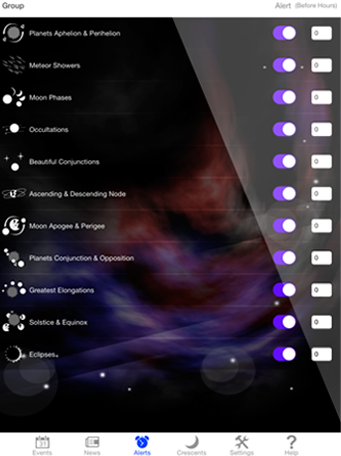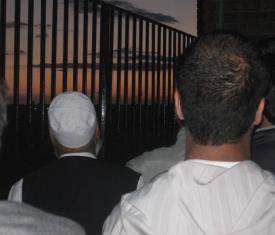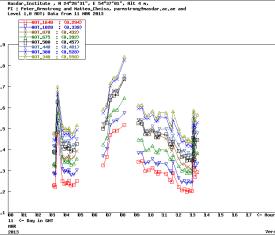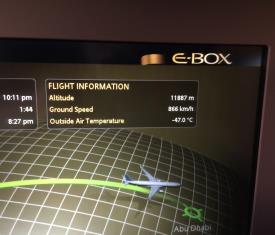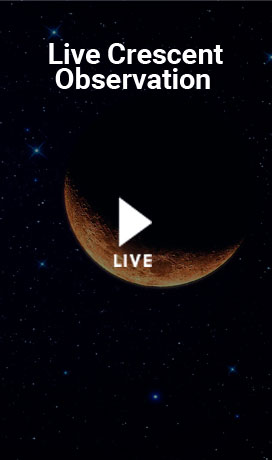Activities, News and Statements

Islamic Crescents Observation Project (ICOP)
Whereas some ICOP members are interested in crescent observations, other members are experts interested in scientific research and astronomical computations in the related topics. For example, many ICOP members publish papers in the refereed journals and international conferences. In addition, ICOP has very strong relations with official and private societies and associations which are interested in astronomical applications in Islamic topics, such as Islamic ministries, Awqaf departments, Islamic centres and Muslims delegations in Europe and USA. For example, ICOP provides them with calculations of prayer times and crescent visibility. Please visit ICOP main page for more details.
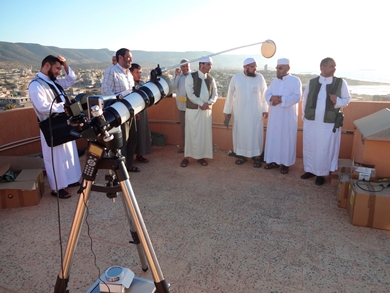
This Month Crescent Observation Results: Jumadal Al-Aakherah 1447
ICOP Observer
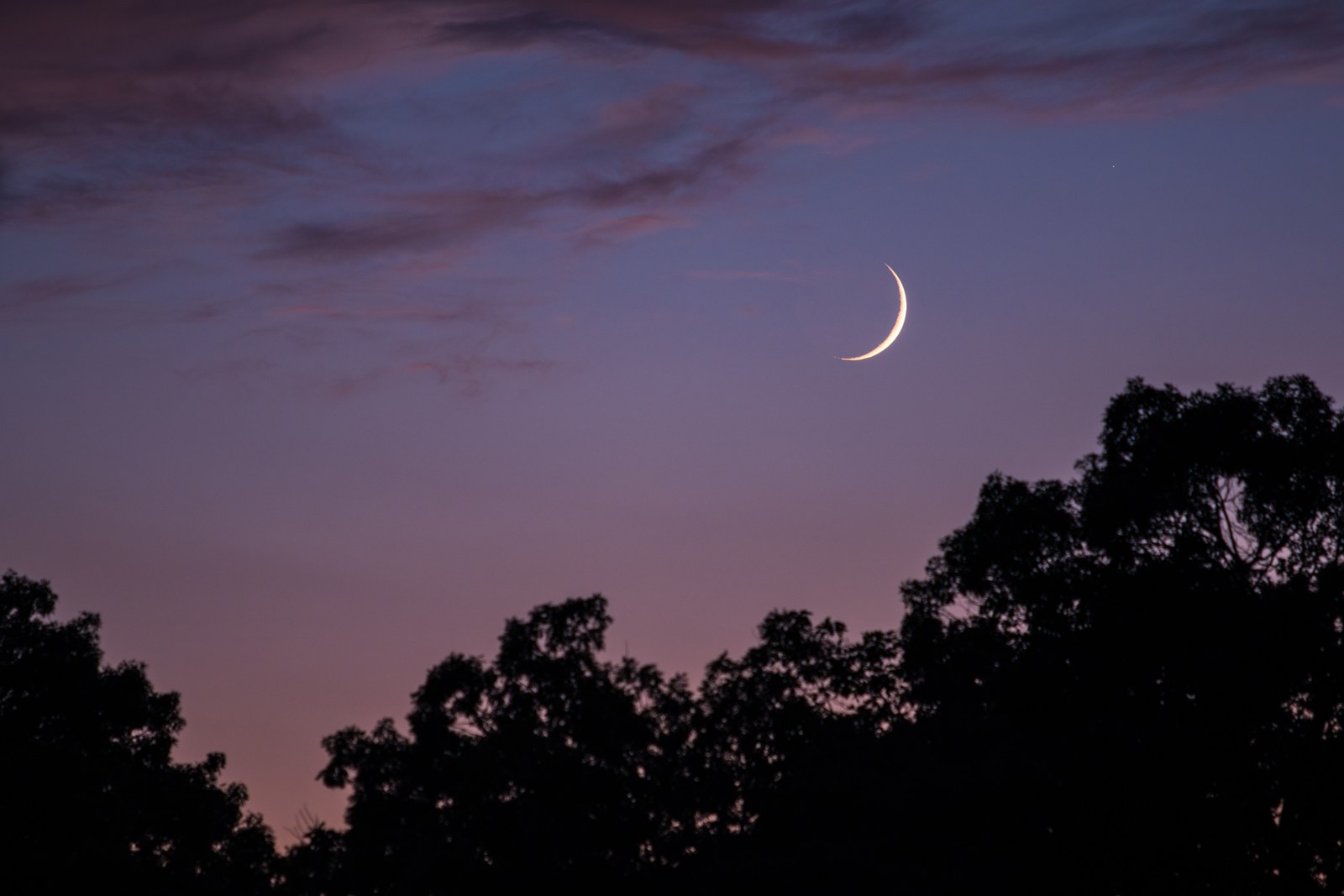
Sharefa Odeh
Saudi Arabia
المدرسه
Lastest Observations
 19 November · Sami Al-Harbi from Saudi Arabia
19 November · Sami Al-Harbi from Saudi Arabia
 19 November · Messaoud Kechida from Algeria
19 November · Messaoud Kechida from Algeria
 19 November · Amara GUERRAH from Algeria
19 November · Amara GUERRAH from Algeria
 19 November · Ali Majeed Al Hajari from Bahrain
19 November · Ali Majeed Al Hajari from Bahrain
 19 November · Murtada Al Saeedi Al Najafi from Iran
19 November · Murtada Al Saeedi Al Najafi from Iran
 19 November · from Yemen
19 November · from Yemen
 19 November · from Iran
19 November · from Iran

Number of reports 482
|

Number of reports 387
|

Number of reports 283
|
|
| |

Number of reports 42
|

Number of reports 35
|

Number of reports 33
|
| |

Number of reports 12
|

Number of reports 12
|

Number of reports 10
|
Salat Calendar
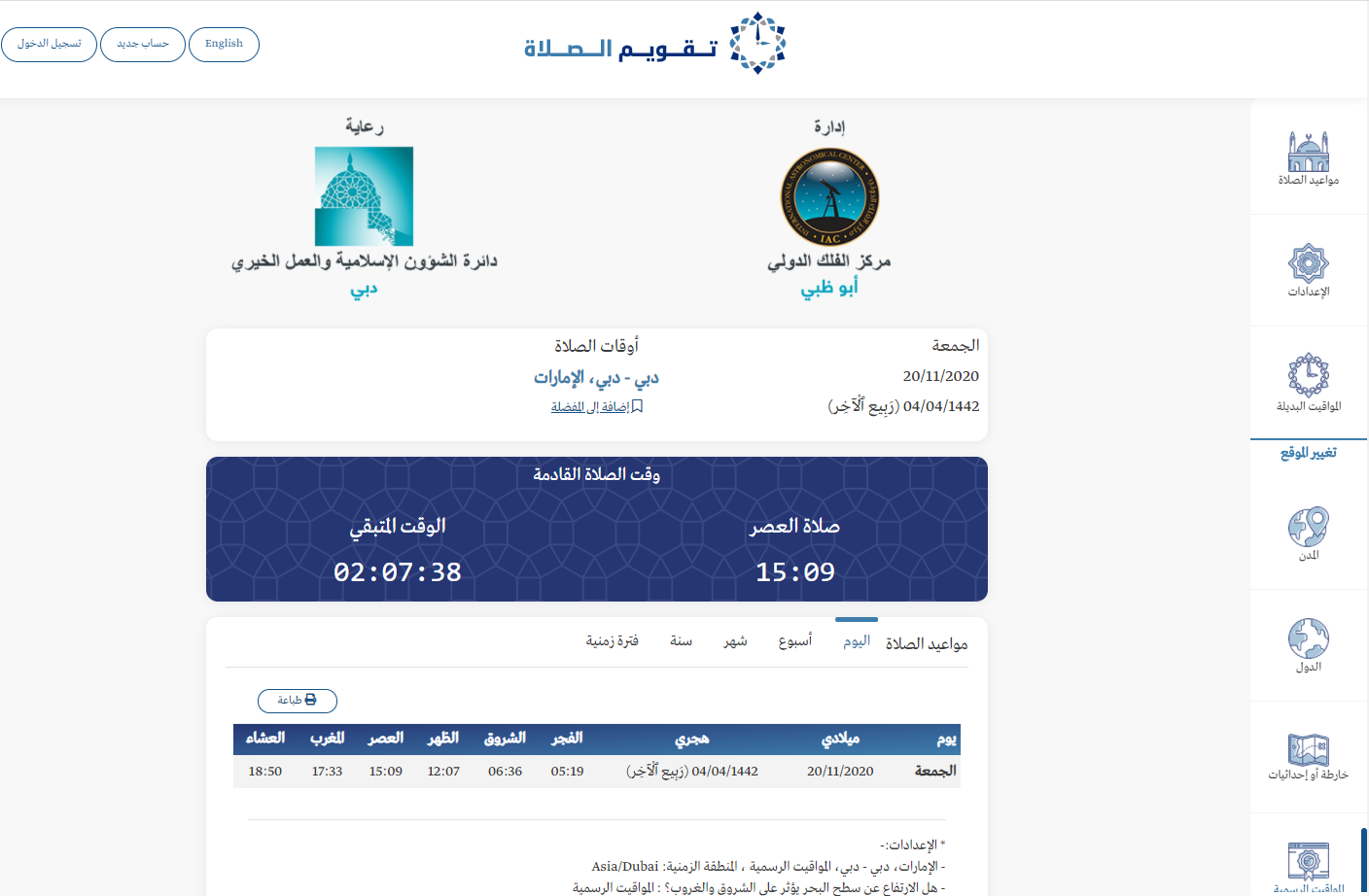
Satellite Reentry Watch (SRW)
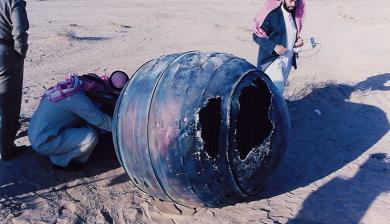
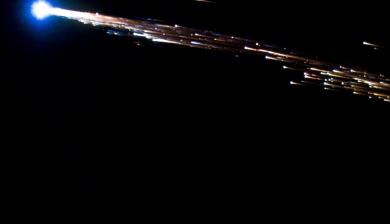


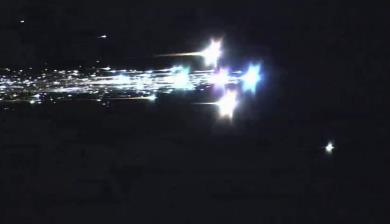

Who we are?
Kindly Click Here to know more about this program.
SRW Objectives
• Send alerts to our members before an expected reentry.
• Ask the interested members to observe an expected reentry and report back their sighting.
• Discuss this subject in the mailing list of SRW to increase the knowledge of the members.
• Send news reports to the media, if required, about major reentries that were witnessed over large areas.
UAE Astronomical Cameras Network (UACN)
UAE Astronomical Cameras Network (UACN) is an activity done in cooperation between the International Astronomical Center (IAC) and the SETI Institute. It consists of several astronomical cameras located in different locations and are pointed towards the sky. The cameras automatically record a video file once a meteor is detected. This meteor might end up as just a meteor or a meteorite which could be a satellite debris reenty! In case the meteor is detected by one camera then there is a specific astronomical data that can be collected from the video using a special software. Whereas if the meteor is detected by more than a camera, then the astronomical data that can be obtained will be much more beneficial. Kindly Click Here to know more about UACN and to see the results and maps.
Accurate Times
Accurate Times is the official program adopted by the Jordanian Ministry of Islamic Affairs to calculate the prayer times in Jordan. The program runs under Windows, and it calculates the following astronomical events:
1. Islamic prayer times (Fajer, Shuroq, Dhohur, Aser, Maghreb, and Isha).
2. Sun times (Beginning and end of twilight, sunrise, sunset, and Sun transit).
3. Moon times (Moon rise, Moon transit, and Moon set).
4. Moon phases (Geocentric or Topocentric).
5. Crescent visibility for both; new and old crescents.
6. Crescent visibility world map for both; new and old crescents.
7. Calculations for Sun and Moon ephemeris.
8. Qiblah direction (Direction to Ka'bah in Mecca).
9. Qiblah time .
10. Hejric-Gregorian conversion.
11. The prayer call (Athan) launches automatically when it is the time of the prayer.
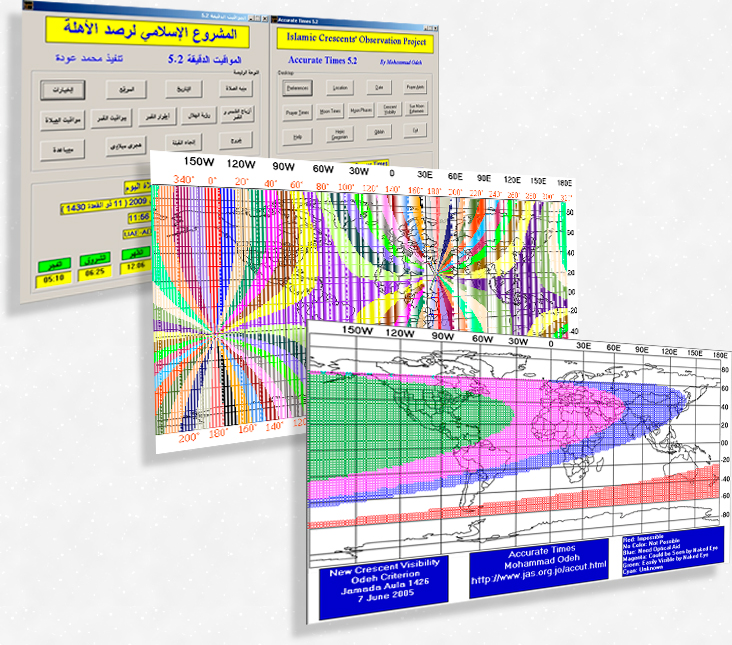
Astronomy Events
Astronomy Events for iPhone and Android
The events which this application lists and send push notification for are: Moon Phases, Solar and Lunar Eclipses, Moon Apogee & Perigee, Meteor Showers, Passage of the Moon near a planet or a bright star, Beautiful Conjunctions, Planets Conjunction & Opposition, Planets Aphelion & Perihelion, Comets Perihelion, Planets Greatest Elongation, Planets Ascending & Descending Node, Stars Planets and Asteroid Occultations, Solstice & Equinox.
IAC Blog
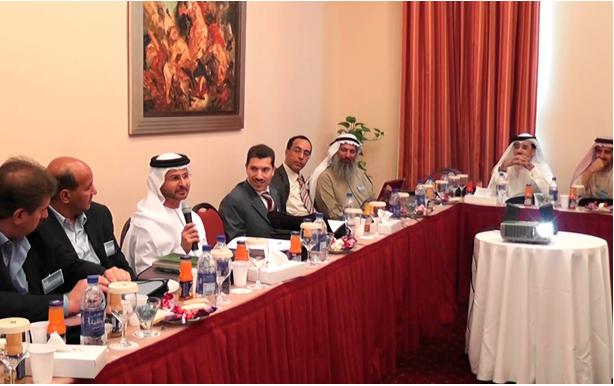
Astronomical Media Network (AMN)

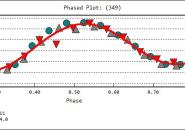 Fruitful Collaboration in Astronomy Research between AUS and IAC
Fruitful Collaboration in Astronomy Research between AUS and IAC
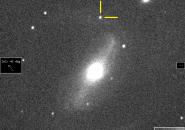 New Supernova is Discovered from the UAE
New Supernova is Discovered from the UAE
 2016 Turkish International Conference for Lunar Month and Unified Hijri Calendar
2016 Turkish International Conference for Lunar Month and Unified Hijri Calendar
 UAE Airborne Mission Succeeded in Observing WT1190F Reentry
UAE Airborne Mission Succeeded in Observing WT1190F Reentry
 UAE Sponsors Airborne Campaign to Observe November 13 entry of Space Debris WT1190F
UAE Sponsors Airborne Campaign to Observe November 13 entry of Space Debris WT1190F
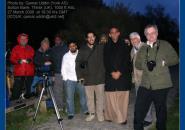 ICOP Statement Regarding Shawwal Crescent 1435
ICOP Statement Regarding Shawwal Crescent 1435
 Live Coverage for Ramadan Crescent Sighting on "Sky News Arabia" TV on Friday 27 June 2014
Live Coverage for Ramadan Crescent Sighting on "Sky News Arabia" TV on Friday 27 June 2014
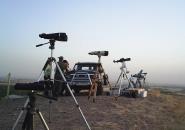 Sunday 29 June is the start of Ramadan 1435 based on crescent sighting
Sunday 29 June is the start of Ramadan 1435 based on crescent sighting
 Solar Eclipse on Sunday 3rd November 2013
Solar Eclipse on Sunday 3rd November 2013
 ICOP Official Statement for Shawwal 1434 AH
ICOP Official Statement for Shawwal 1434 AH
 Adopting the Crescent Sighting: Wednesday 10 July 2013 is the First Day of Ramadan 1434 AH
Adopting the Crescent Sighting: Wednesday 10 July 2013 is the First Day of Ramadan 1434 AH
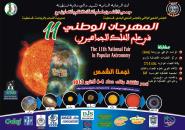 The 11th Edition of the National Festival in Popular Astronomy
The 11th Edition of the National Festival in Popular Astronomy
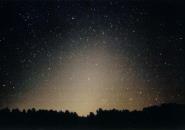 ISNA Adopts New Angles for Fajer and Isha
ISNA Adopts New Angles for Fajer and Isha
 Muslim community in Europe organized a seminar on the Islamic calendar
Muslim community in Europe organized a seminar on the Islamic calendar
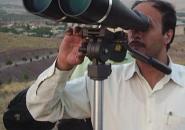 Communiqué from Muslim Astronomers regarding the “sighting” of the crescent of Eid-ul-Fitr 1432
Communiqué from Muslim Astronomers regarding the “sighting” of the crescent of Eid-ul-Fitr 1432
 Live Coverage for Shawwal Crescents’ Observations
Live Coverage for Shawwal Crescents’ Observations








